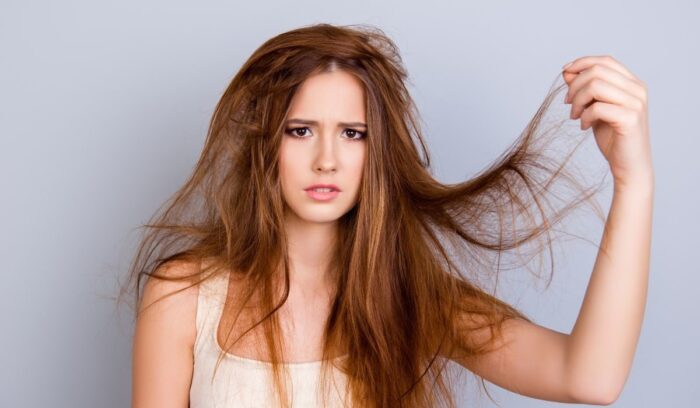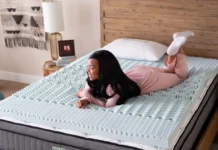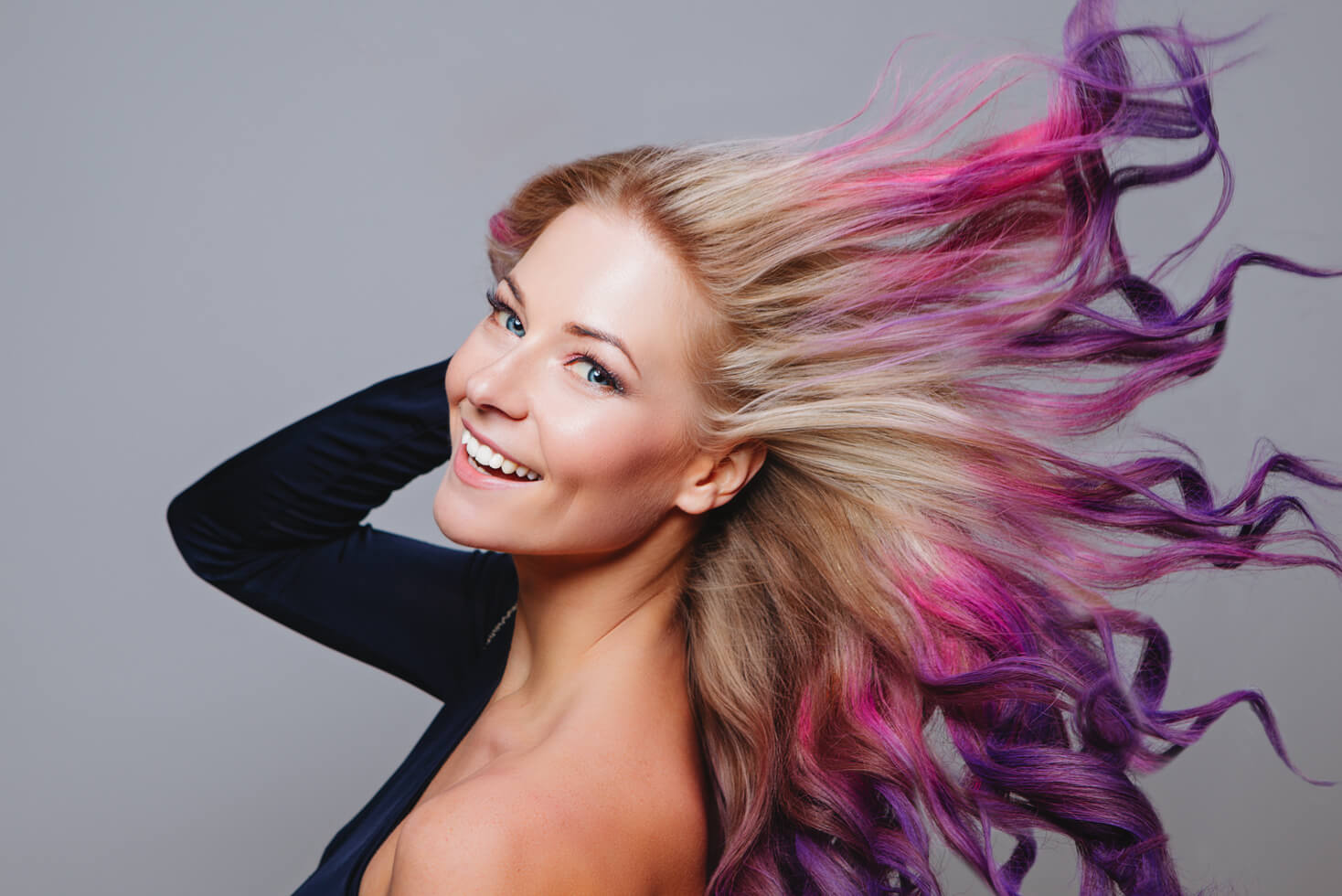
Your hair allows you to express your personality – you can experiment with styles and colours to find something that allows you to feel confident.
But many of us are guilty of dyeing our hair using harsh chemicals, which can have an impact on the overall health of our follicles. This can have an impact on the way our hair looks over time, and could lead to damaged, broken strands. Thankfully, there are a few ways that you can improve your hair health. If you’ve ever wondered what happens to your hair when you dye it, read on!
Losing your hair can be a worrying time and can leave you feeling self-conscious. If your hair loss is due to genetics, hormones, or simply getting older, a hair transplant clinic Turkey can help you feel more like yourself again.
Does dye damage hair?
The short answer is yes, most hair dyes damage your hair. When you dye your hair, the chemicals lift the cuticle – which is the outer part of the hair shaft – to the point where it will never go back to normal.
But that doesn’t mean it’s all bad, colouring your hair lifts the cuticle, but it also allows you to change your look and enhance your colour! You just have to be aware if you’re doing it too often, with harsh chemicals like bleach.
This is when it starts to become an issue. Over time, excess hair colouring, exposure to heat, and harsh chemicals can have an impact on your hair, but did you know the type of dye you use has a different impact?
Permanent colour
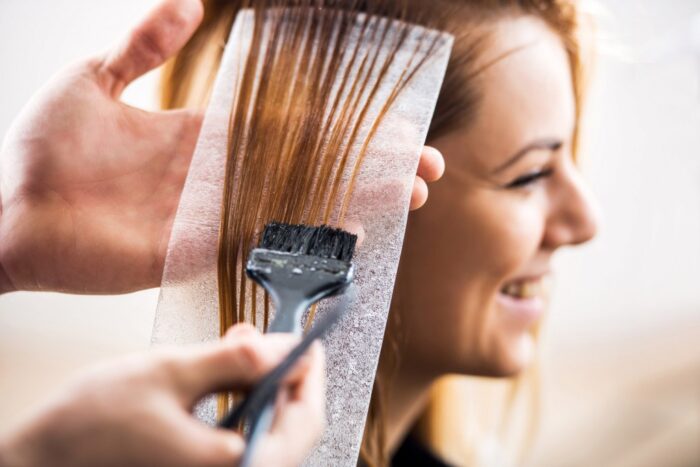
When you add a permanent colour to your hair, two things must happen. Your cuticle must be opened, and the new colour must be deposited into the cortex, which is the very inner part of the hair.
There are several chemicals involved in the process of opening, removing, and depositing a new hair colour, like ammonia, which opens the cuticle. Peroxide, which then removes the colour, along with conditioners and alcohols to seal the new colour. The variety of chemicals you’re exposing to your hair can have an impact on its overall health.
Temporary colour
This type of hair dye is the lesser of the two when it comes to damage. Because the colour is temporary, it doesn’t penetrate the inner cortex of the hair, and the hair shaft is not opened. Semi-permanent and temporary colours don’t contain chemicals like ammonia, so if you’re looking for a way to revamp your hair, a temporary colour could be the best option, as it washes out over time.
How to repair damaged hair
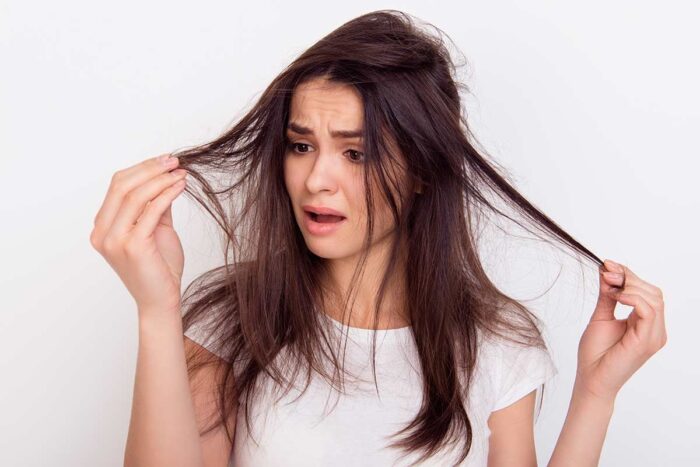
If you’ve exposed your hair to a lot of harsh chemicals in permanent dyes over the years, you might find that your hair is not as strong, it has split ends and it generally doesn’t feel healthy. There are ways that you can rejuvenate your luscious locks for the better. Here are a few ways that you can reverse the damage done in the past.
- Low heat: Heat is common in all types of styling products, including curlers, straighteners, and hair dryers. Drying your hair out makes it more brittle and prone to snapping, making it look damaged. Turning the heat down or using it sparingly can make a huge difference!
- Deep condition: Conditioners and hair masks can restore moisture to dry and damaged hair, making it look softer, smoother, and healthier. You can buy these products from supermarkets and pharmacies, or your hairdresser may recommend a product for you.
- Trim ends: Keeping your ends trimmed is essential for healthy hair. Split ends can make your locks look broken and frizzy – make sure you don’t leave it too long to get it cut, so you can benefit from increased growth and improved hair health.

